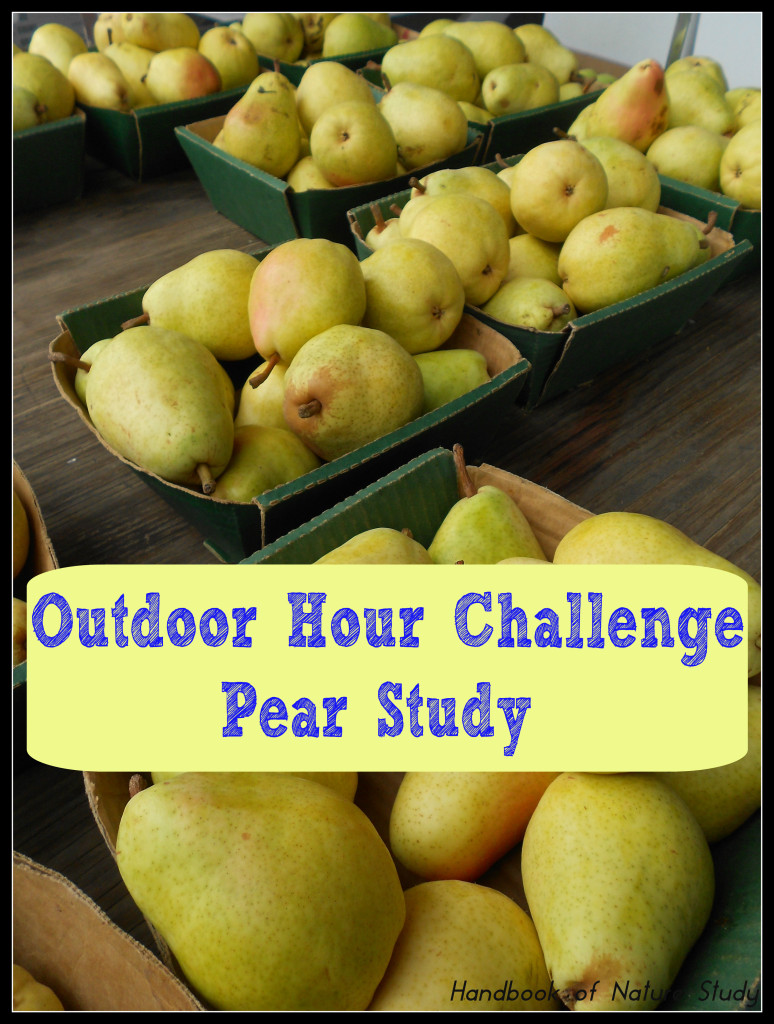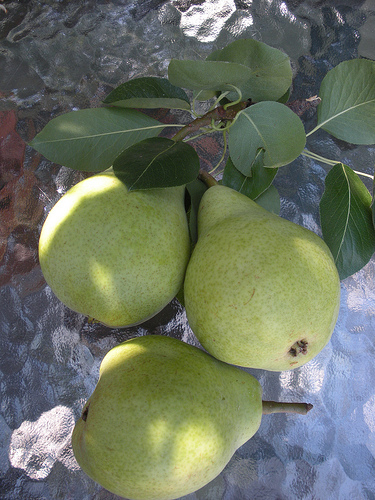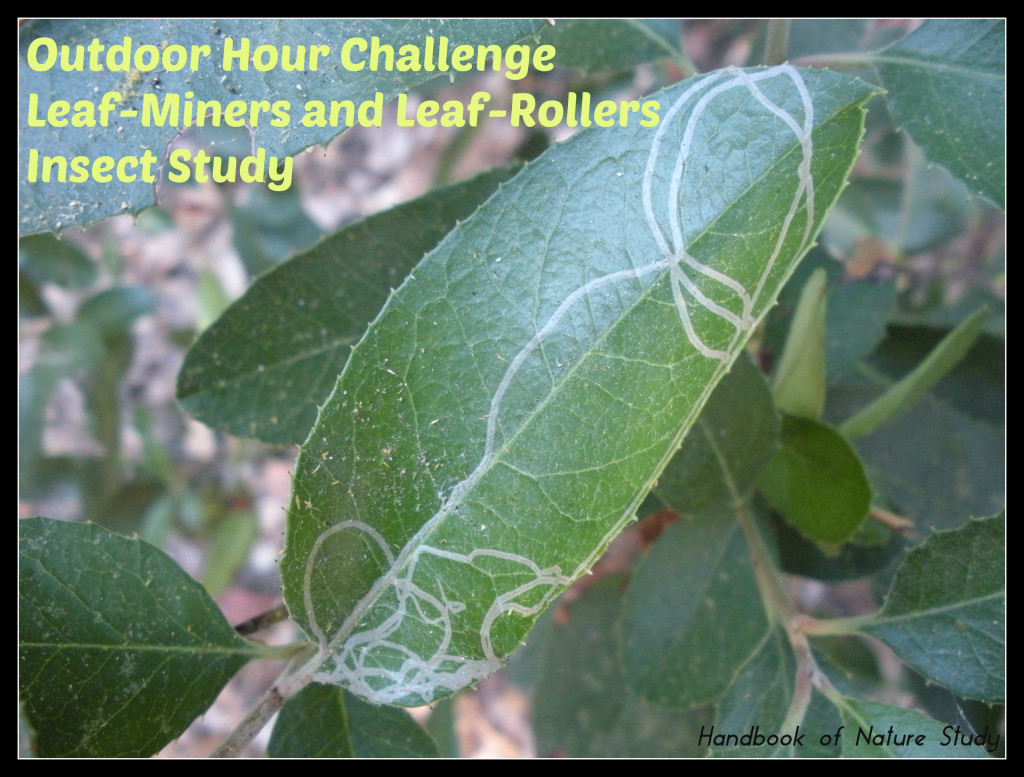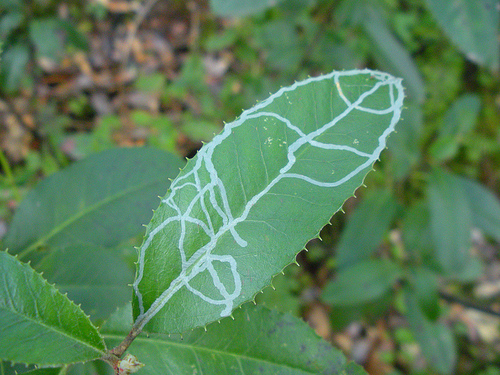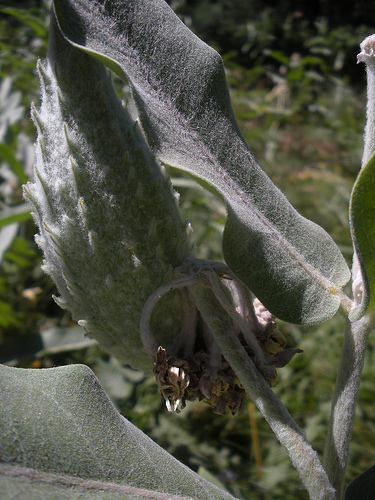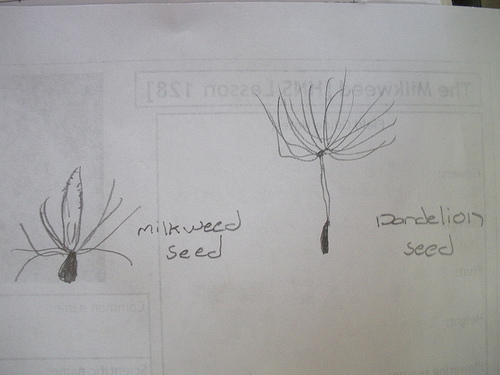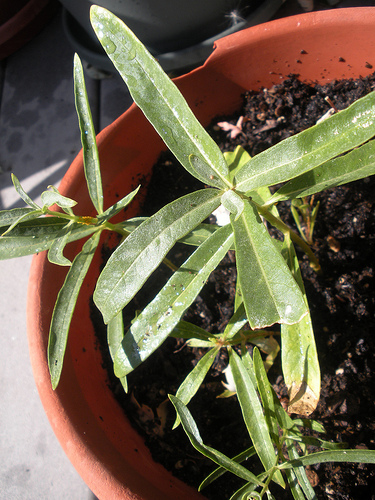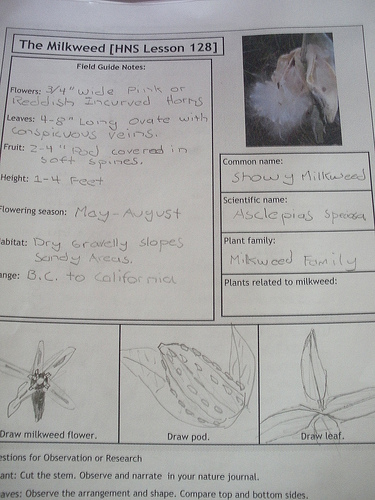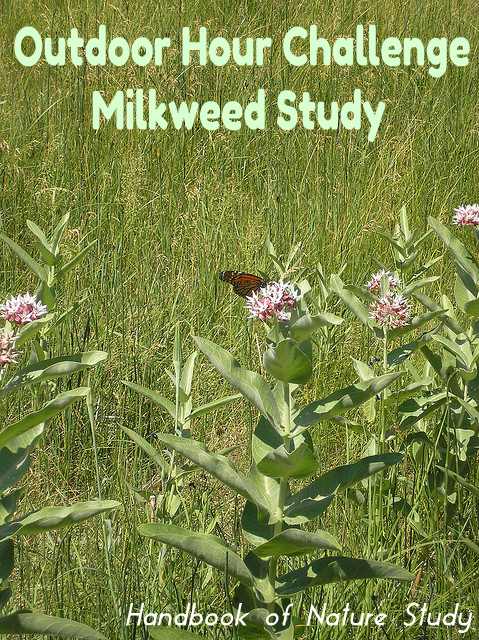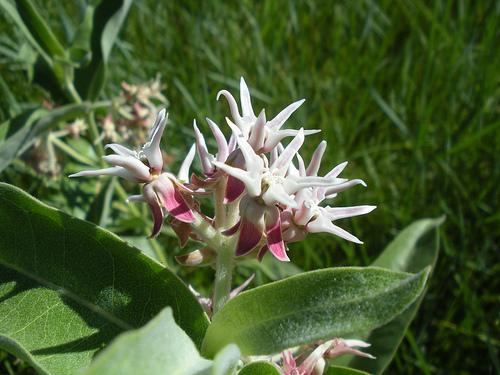More Nature Study #3
Pears/Fall Tree Study
Inside Preparation Work:
- For the pear challenge there is no lesson in the Handbook of Nature Study. You can read about pears online: Pear Varieties and Pear Fact Printable.
- As an alternate or supplemental activity, you can read the section, “How to Begin Tree Study” in the Handbook of Nature Study on pages 622-624. Pay attention to Lesson 72—Autumn Work (#1-#5). Take note of some observations you can make during autumn.
Outdoor Hour Time:
- If you have access to a pear tree in your yard, neighborhood, or near-by orchard, spend your Outdoor Hour time observing the tree: tree shape, arrangement of the branches, trunk, leaves, fruit/seeds.
- If you don’t have access to a pear tree, use the information from the Autumn tree work section in the Handbook of Nature Study to observe any tree you have in your yard or neighborhood. You can use this tree as the subject of a year-long tree study if you wish. You may wish to read the information from the Autumn Tree Observation Challenge 2009.
Follow-Up Activity:
- Have on hand a pear and an apple for each child to observe up-close. Use the suggestions on the notebook page (ebook users only) to compare these two fruits.
- For Pear Study: Give the opportunity to make a nature journal entry recording any observations made about pears. Suggestions for discussion: shape of the pear, size, color, smell, markings on the skin, and the stem. Cut the pear in half and draw the inside of the pear in your nature journal. There is also a pear coloring page included in the ebook
- For Autumn Tree Study: You can use the Autumn Tree Study notebook page linked above. You may use it for any tree you observed during your nature study.
- Advanced follow-up: Complete the Dissection Lab notebook page with a pear (ebook users only).
- Advanced follow-up: Make a dry brush watercolor of the pear and either its vertical or cross section.
This challenge is part of the More Nature Study – Autumn series. All of the challenges are gathered into one ebook with notebooking pages (regular and for advanced students) and additional resources. You can gain access to this ebook by purchasing an Ultimate Naturalist membership here on the Handbook of Nature Study. See the Join Us page by clicking the link at the top of the website for more information about what comes with your Ultimate membership.

